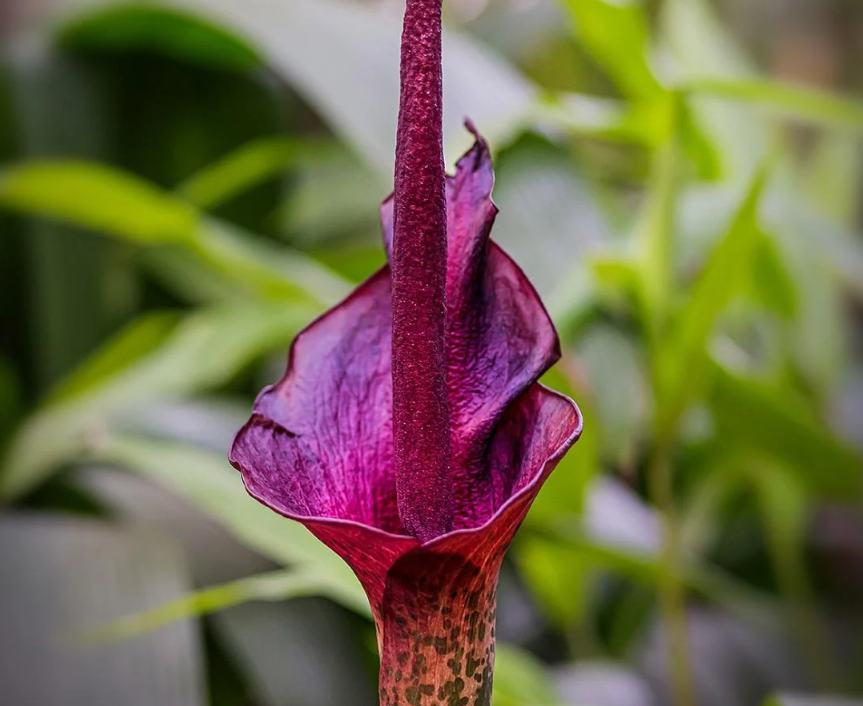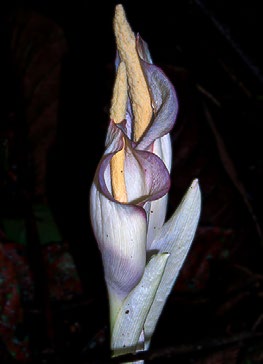THE AMORPHOPHALLUS PLANTS OF BORNEO
by Associate Professor Dr Wong Sin Yeng
institute of Biodiversity and Environmental Conservation
institute of Biodiversity and Environmental Conservation

Insights into their diversity will help to understand and protect them and their natural environment.
Amorphophallus is a plant genus comprising approximately 220 species of mainly lowland plants. They grow in tropical and subtropical zones from West Africa to the Pacific Islands and Japan. The centre of greatest diversity is focused on Indomalaya 19 indigenous species are found on the large island of Borneo in the South China Sea.
The name Amorphophallus derives from the plants' prominent central flowering structure, called a spadix. The most famous species, although not found on Borneo, is the huge titan arum, which produces the world's largest unbranched flower structure.
The name Amorphophallus derives from the plants' prominent central flowering structure, called a spadix. The most famous species, although not found on Borneo, is the huge titan arum, which produces the world's largest unbranched flower structure.
Wong and her colleagues conducted genetic analyses to better understand the evolutionary relationships among the various Amorphophallus species of Borneo. This involved extracting and sequencing DNA from two regions of the plants' chromosomes, and one region of the DNA in sub-cellular organelles called plastids. The team performed 123 sequence analyses, representing 46 plant individuals.
The results allowed the researchers to construct a phylogenetic tree of the Amorphophallus plants they had studied. Visually, this is a branching diagram depicting the evolutionary relationships among the sampled species, but the genetic details used to construct the tree contain deeper information.
The results allowed the researchers to construct a phylogenetic tree of the Amorphophallus plants they had studied. Visually, this is a branching diagram depicting the evolutionary relationships among the sampled species, but the genetic details used to construct the tree contain deeper information.
The work also explored the varying structure and biology of three species of Amorphophallus flowers, and the diversity of creatures interacting with them. This adds insights about the interrelationships between the flowers and their local habitat.
Over the next few years, Wong aims to investigate more of the Bornean species. She expects this may reveal that currently defined single species may actually be several different species despite their outwardly similar appearances. Detailed genetic analysis is the only reliable way to probe such hidden complexities.
Over the next few years, Wong aims to investigate more of the Bornean species. She expects this may reveal that currently defined single species may actually be several different species despite their outwardly similar appearances. Detailed genetic analysis is the only reliable way to probe such hidden complexities.
While molecular genetics reveal the evolutionary secrets, the field trips into the world of plants are equally inspiring for Wong. "Every visit to the forest, every hour spent observing plants and their insect visitors, every time the results of a lab analysis are revealed, is a moment of discovery bringing new understanding and insight into a process that has been millions of years evolving," she says.




